CHAPTER 4: In the Eye of the Storm: Denouncing the Takeover (1959-Mid-1960)
Following a long and heated discussion, Fidel remained adamant, and Amoedo felt that it was useless to continue arguing with him. «As I was … leaving,» recalled the ambassador, «Castro stopped me … and said there was nothing to lose by hearing what the Yankees want.»‘0
As agreed with Amoedo, Castro ordered that the blistering editorial not be published and that all attacks against the United States be stopped. Fidel also agreed to discuss the differences witrfthe United States and indicated that President Dorticos would make a statement to that effect. These seemingly positive developments gave rise to considerable optimism.
Then, on February 4, Soviet deputy premier Anastas Mikoyan arrived in Cuba with a large delegation and stayed there for ten Under the trade agreement that was signed prior to Mikoyan’s departure, the Soviet Union would buy from Cuba one million tons of sug per annum for five years—about one-sixth of the total crop—and tend $100 million in trade credits at a low interest rate. Moscow agreed to provide technicians, who turned out to be experts in «dis formation and agitation.»31
No public reference was made to the supply of Soviet arms, bi when Mikoyan in a speech at a rice cooperative talked about agraria assistance, the crowd shouted, «And guns and planes too.» Mikoya then repeated, «And guns and planes too.»32
It was only on February 22 that an official reply was delivered Castro’s foreign minister, Raul Roa, to the proposal that Amoedo ha relayed. It basically said that the revolutionary government was pr pared to initiate negotiations provided that both the executive brand and the Congress of the United States refrain from adopting any mea sure that Cuba might consider prejudicial to the diplomatic parley. When Washington explained that it was not constitutionally possibl to accept that proviso, the mediation abruptly ended.
Amoedo later acknowledged that he had been taken for a ride. He wrote: «In my opinion, the Castro regime accepted my efforts at mediation as a dilatory tactic to diminish tension between Cuba anc the US while awaiting Mikoyan’s arrival. … From the moment [of his arrival], the Castro regime virtually paralyzed the negotiations with various excuses and evasions, which were designed to gain time until the Cuban-Soviet pact was signed on February 13.» The ambassador concluded: «The insincerity of the Castro regime is evident in the Roa statement of February 22, with its impossible condition.»33
Despite Amoedo’s objective testimony, some historians and pundits have asserted that had the United States been more flexible and forthcoming with Castro, Washington could have preempted the Havana-Moscow alliance. This observation fails to take into account the repeated efforts made by the United States to seek an understanding with the Castro regime—efforts not reciprocated by Havana.
The respected journalist Arthur Krock, who judiciously researched this matter, held that Washington was not guilty of alienating Castro and pushing him into the Soviet camp. He wrote in the New York Times: «From the time Castro assumed power until May 17, 1960, the United States made nine formal and sixteen informal offers to negotiate all differences with Cuba. … On February 22, 1960, Castro did propose … to negotiate with the United States. … However, his conditions were that during the negotiation the United States should bind both the Executive and Congress to refrain from any action which Cuba would consider to affect its interests, while he remained free to negotiate or procrastinate as he chose—conditions obviously unacceptable and, so far as Congress was concerned, constitutionally impossible.»34
The collapse of the last-ditch mediation effort undertaken by Amoedo and the formalization of the Havana-Moscow pact in February 1960 reached a turning point in US-Cuba relations. CIA director Allen Dulles’s report to the National Security Council that «Mikoyan’s visit had marked the definite espousal of Castro by the USSR» laid to rest the failed US policy of patience and forbearance and set in motion the Program of Covert Action Against the Castro Regime.35
To complicate matters, on March 4, 1960, the French freighter La Coubre exploded in the harbor of Havana while it was unloading seventy-six tons of munitions ordered by Castro. Casualties may have been as high as one hundred. Unloading explosives directly onto the dock in Havana was forbidden by port regulations. Still, without any evidence, Castro accused the United States of sabotage—a charge vehemently denied by Washington—and linked the explosion to the sinking of the US battleship Maine in 1898. Availing himself of this pretext, the Cuban ruler proceeded to confiscate American propertie if the island and intensify his anti-US tirades.
CHAPTER 5: The Cloak and the Dagger—Joining the Exile Front (Mid-1960)
For many of us on the island, Soviet deputy premier Anastas Mikoyan’s visit to Cuba in February 1960 had ominous implications. It signaled the Kremlin’s direct involvement in our struggle—on Castro’s side. About a hundred anti-Communist students—vanguard of the emerging resistance movement—staged a strong protest in Havana, chanting, «Cuba, si. Rusia, no.» And a courageous journalist confronted Mikoyan on television and raised the specter of the Soviet invasion in Hungary.
Following these developments, the big question outstanding was: Will the United States weigh in to counter the looming Soviet threat and help Castro’s opponents recover Cuba’s freedom?
THE US PROGRAM OF COVERT ACTION AGAINST THE CASTRO REGIME
The Havana-Moscow entente, brought to light during Mikoyan’s journ, only showed the commercial trade component (Cuban sugar i exchange for Russian oil). It was Chairman Nikita Khrushchev later disclosed, with his customary bombastic style, the geopolitic and potential military elements of the pact.
On July 9,1960, Khrushchev made the following remarks: «It is cle to everyone that the economic blockade of the American monopolie prove to be the beginning of preparations for intervention against i. We must therefore raise our voice in Cuba’s defense and give tice … that we for our part shall do everything to support Cuba its courageous people in the struggle for freedom and national ependence.»
Then the Soviet premier laid down the gauntlet: «It should not be )tten that the United States is not so inaccessibly distant from the iet Union as it used to be. Figuratively speaking, in case of need, iet artillerymen can support the Cuban people with their rocket fire aggressive forces in the Pentagon dare to launch an intervention inst Cuba.»
Khrushchev’s provocation—half serious, half bluster—lit the se of Eisenhower’s quick temper. Although the president had been ler circumspect in his public statements on Cuba, trying not to il Washington’s numerous attempts to seek a rapprochement with >, he now had no choice but to respond to Khrushchev’s chal-ge in unequivocal terms. That same day, the president issued this :ss release from Newport, Rhode Island: «The statement which has been made by Mr. Khrushchev … shows the clear intention to ablish Cuba in a role serving Soviet purposes in this hemisphere.» en, invoking the Rio Treaty of the Inter-American System, which cts its members to fend off any extracontinental intervention, the ident added: «I affirm in the most emphatic terms that the United tes will not be deterred from its responsibilities by the threats Mr. rushchev is making. Nor will the United States, in conformity with treaty obligations, permit the establishment of a regime dominated international communism in the Western Hemisphere.»1 On July 12, Khrushchev, always eager to have the last word, as-ed that the 1823 Monroe Doctrine (which states that «the American ntinents … are henceforth not to be considered as subjecle-for future onization by any European powers») «had died … and should best buried.»
Was he right? Only in part. Although the Monroe Doctrine «died» as a US unilateral responsibility, it was «resurrected» as a multilateral commitment adopted by the members of the Organization of American States (OAS).
Eisenhower didn’t see the need to prolong the debate with another rejoinder. He quietly opted to back his stern warning with something more effective than words: the Program of Covert Action against the Castro Regime.
This program, developed by the Special Group of the National Security Council (the supersecret Committee 5412), was presented to the president by CIA director Allen Dulles at an Oval Office meeting on March 17, 1960, attended by Vice President Richard Nixon, Admiral Arleigh Burke, and other high-level government officials. It outlined four courses of action:
1. create a responsible, appealing, and unified Cuban opposition to the Castro regime, located outside of Cuba;
2. launch a powerful propaganda offensive in the name of the declared opposition (long wave and shortwave gray broadcasting facility to be located on Swan Island off the coast of Honduras);
3. build a covert intelligence and action organization (underground movement) within Cuba responsive to the Cuban opposition in exile; and
4. develop a paramilitary force outside of Cuba and provide logistics support to operate on the island. (No full-fledged invasion was then envisaged, just the training and infiltration of about three hundred guerrilla fighters. Initially based in the United States and the Panama Canal Zone, the training shifted in June to a makeshift camp in the mountains of Guatemala after an accord was reached with President Miguel Ydigoras.)
Eisenhower said at the meeting that «he knows of no better plan for dealing with this situation … and told Dulles he thought he should go ahead.» He wanted to know at the next meeting what was the sequence of events, and asked that contingency plans be developed to address all likely Cuban reactions. He instructed the State Department to obtain OAS support for anti-Castro collective action but recognized that some of the shaky governments in Latin America may be reluctant to take a firm stand against Castro for fear of a populist backlash.
Finally, the president cautioned that «our hand should not show in anything that is done,» and to ensure plausible deniability by the White House, he specifically stipulated, «Everyone must be prepared to swear that he [Eisenhower] has not heard of it [the plan].»2
Given Washington’s paramount objective during the Cold War to thwart or oppose Communist expansion by all possible means, this cloak-and-dagger plan didn’t seem all that outlandish. It was viewed as a sequel to the two covert operations authorized by Eisenhower and successfully carried out by the CIA against Mohammad Mosaddegh in Iran (AJAX, 1953) and against Arbenz in Guatemala (PBSUCCESS, 1954). These spectacular feats—not exempt from controversy—gave impetus and validity to the Cuba plan.
THE CIA TEAM AND THE TEMPLATE
Drawing on the Guatemala experience, the CIA put together a team to implement the covert program headed by Richard Bissell, deputy director for plan—the overlord of the agency’s vast underground network— who had played a coordinating role in Operation Success (Guatemala). A towering figure with a six-foot-four frame, Bissell, fifty, had impressive academic credentials—Groton, Yale, and the London School of Economics. After the war, he served as assistant deputy administrator of the Economic Administration, responsible for allocating the resources of the Marshall Plan. This was his first major opportunity to exert influence in the international arena—albeit through the power of the purse—and he relished ft. Following some freelance advisory work for the CIA, he was appointed special assistant to Allen Dulles and gained kudos and fame developing the top secret high-altitude reconnaissance aircraft that revolutionized photographic surveillance—the U-2.
With an aura of grandeur and wielding considerable clout, Bissell became the leader of the covert operation that resulted in the Bay of Pigs invasion.3 He was brilliant and bold, cerebral and action-oriented, but his judgment was clouded by hubris and ambition. He yearned for Dulles’s job as director of the CIA, and in his dealings with the White House he seemed reluctant to do or say anything that could jeopardize his aspiration. Within the agency, Bissell wanted to control the Bay of Pigs operation without interference, and Allen Dulles apparently obliged. The day of the landing, Dulles was in Puerto Rico delivering a speech.
Bissell was joined, initially as second-in-command, by his old friend from Groton and Yale, the charismatic and debonair Tracy Barnes, a CIA senior field officer who oversaw the psychological warfare side of Operation Success in Guatemala. But the record suggests that during the implementation of the Cuba covert plan, he acted more as an adviser to Bissell than as second-in-command.4
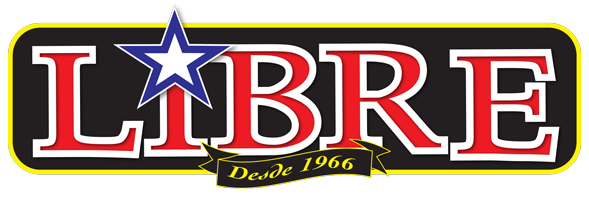
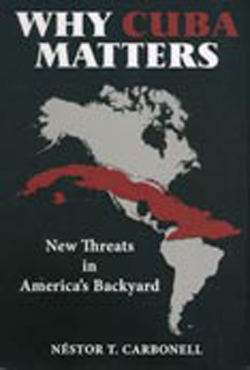

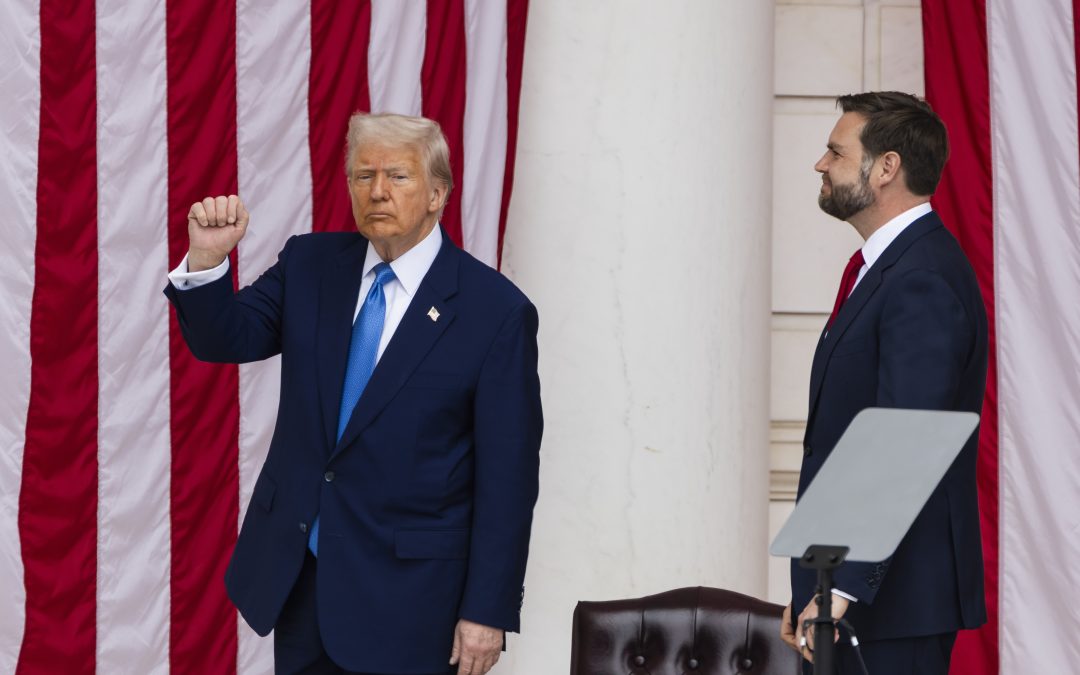
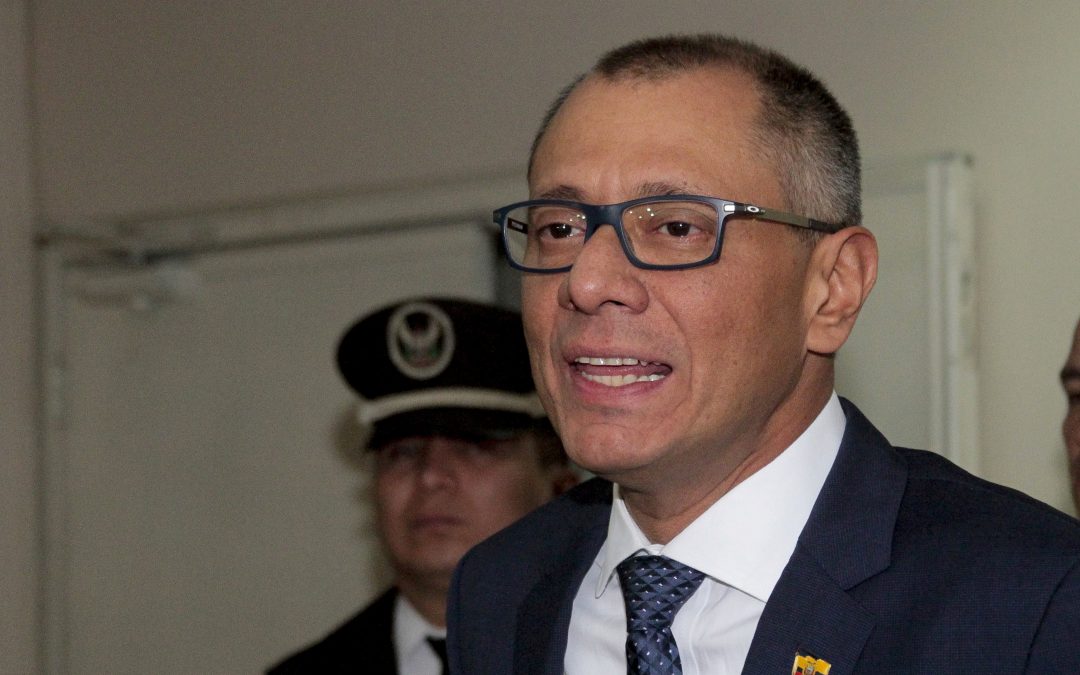
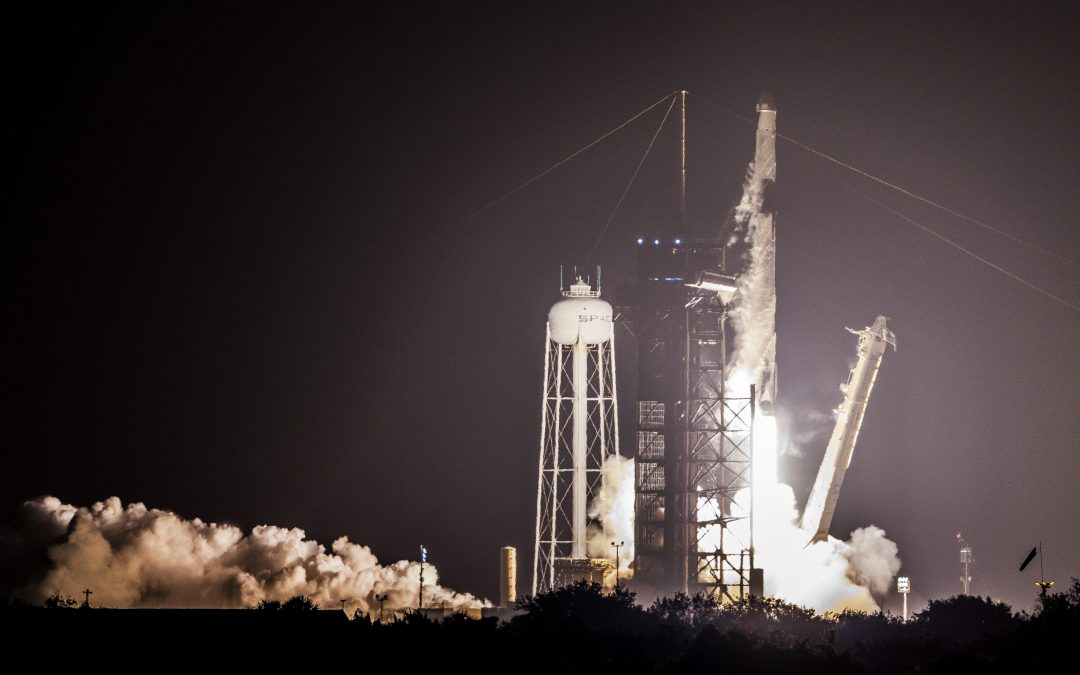
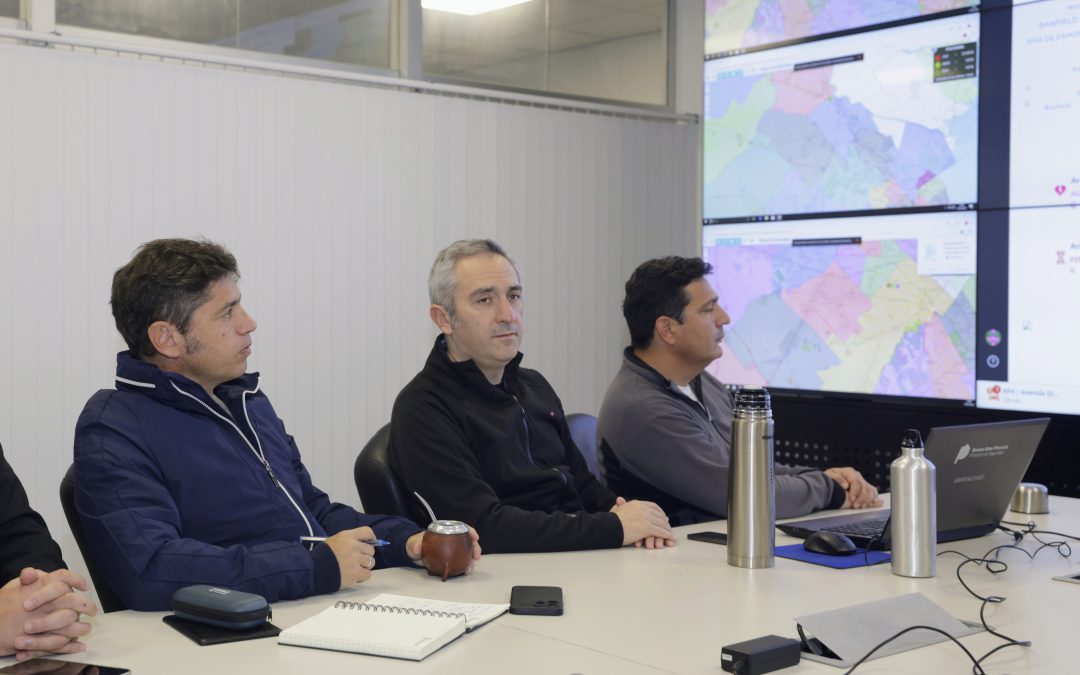

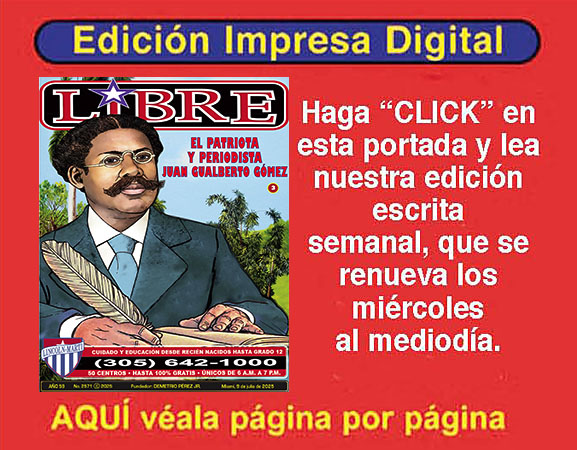

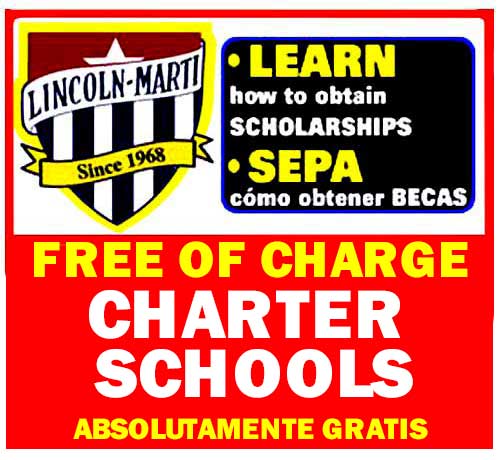
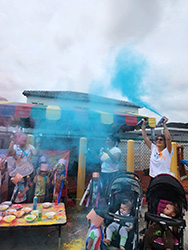
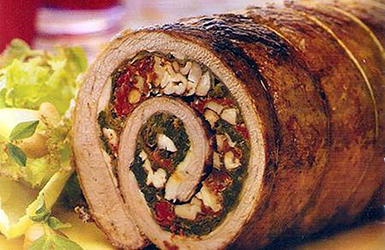
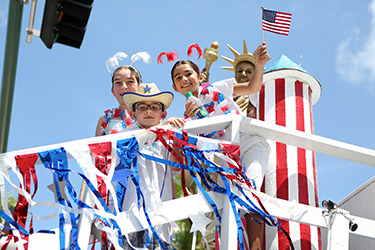
0 comentarios